A Guide to Properly Caring for Your Violin and Viola
Taking care of your violin or viola is crucial to preserving its sound quality and lifespan. Below is a concise list of dos and don’ts to ensure your instrument remains in optimal condition.
Dos and Don’ts
Instrument Preparation and Environmental Considerations
To prepare your violin or viola for playing, simply remove it from the case, tune it, and attach the shoulder rest. Additionally, pay attention to the temperature and humidity of the storage environment. Sudden changes in climate and humidity levels can negatively impact the instrument. Aim for a safe relative humidity level of 40-60% to ensure optimal conditions.


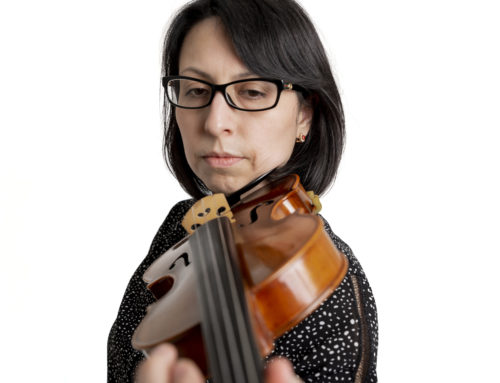
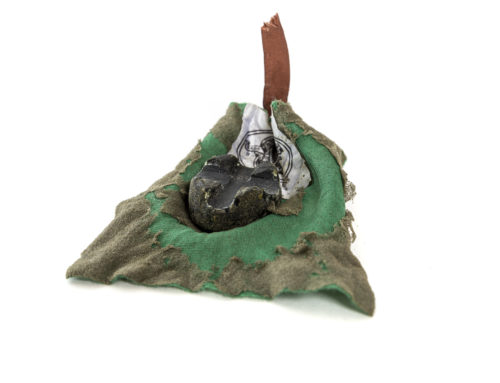
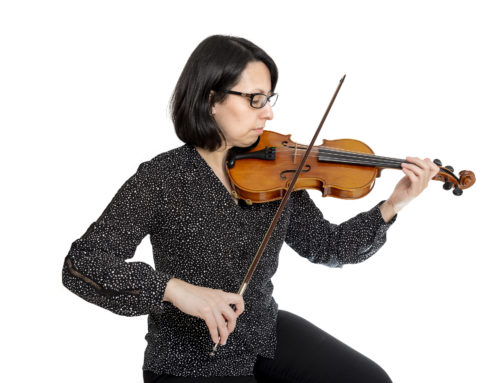
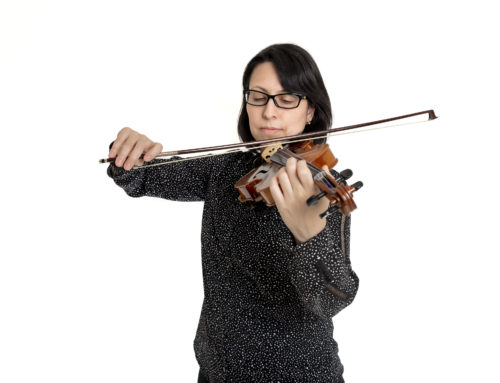
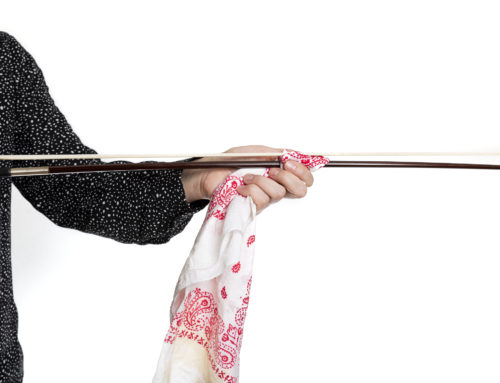
Leave A Comment